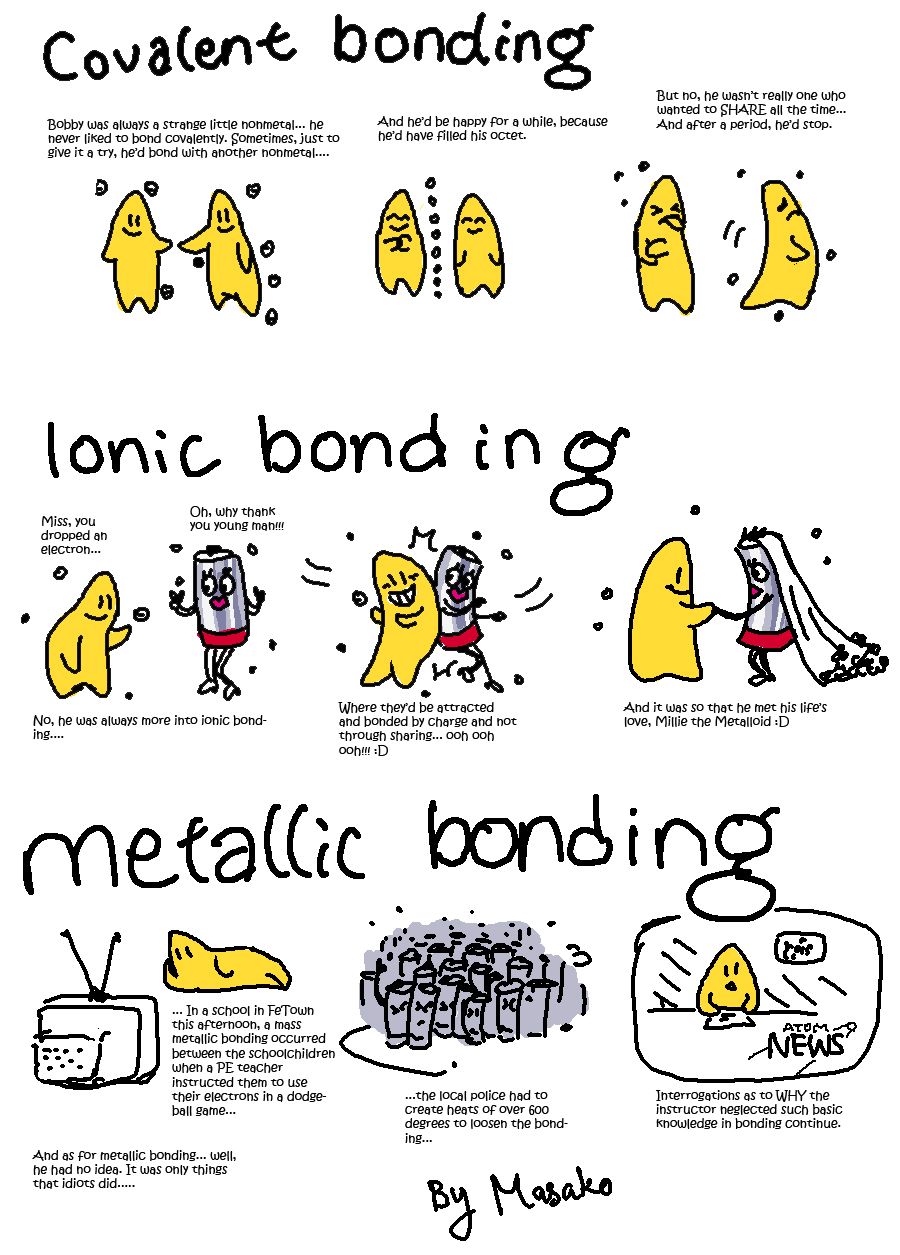bond forms when one atom gives up one or more electrons to another atom.
Roset Help Ionic 1. An bond involves the sharing of electron pairs between atoms also.
 |
| Structure Of Matter Teaching Chemistry Chemistry Lessons Chemistry Education |
Ionic A n bond forms when one atom gives up one or more electrons to another atom hydrogen 2.

. These electrons are simultaneously attracted by the two atomic nuclei. Ionic compound a chemical compound composed of ions held together by electrostatic forces. What type of bond forms when an atom receives or gives away electrons. A n bond forms when one atom gives up one or more electrons to another atom.
Ionic bond This electron exchange results in an electrostatic attraction between the two atoms. A chemical compound composed of ions held together by electrostatic forces termed ionic. An ionic bond where one atom essentially donates an electron to another forms when one atom becomes stable by losing its outer electrons and the other atoms become. Atoms or molecules with a net electric charge due to the loss or gain of one or more electrons are.
The bond formed by sharing electrons is called covalent bonding and the bond formed by the transfer of one or more electrons is called an ionic bond. Atoms or molecules with a net electric charge due to the loss or gain of one or. Atoms or molecules with a net electric charge due to the loss or gain. The salt we use for.
A covalent bond consists of the mutual sharing of one or more pairs of electrons between two atoms. An --IONIC--bond forms when one atom gives up one or more electrons to another atom. An ionic compound is formed when the complete transfer of electrons takes place from one element usually metals forming cation to another element usually non-metals. Ionic bonds form when one atom gives up one or more electrons to another atom.
Atoms or molecules with net electric charge due t0 the loss or gain of one or more electrons. Ionic bonds form when one atom gives up one or more electrons to another atom. A n bond forms when one atom gives up one or more electrons to another atom.
 |
| Chemical Bonding Scribble Notes Bundle Video Teaching Chemistry Chemistry Education Middle School Science Teacher |
 |
| Earthmounds Cool Science Facts Basic Anatomy And Physiology Science Facts |
 |
| Formation Ionic Bonds Examples 9 Ionic Bonding Ionic Ionic Compound |
 |
| Science Homework Comic By Eiyecaieyre On Deviantart Chemistry Classroom Science Homework Teaching Chemistry |
 |
| What Is A Covalent Bond Covalent Bond Formed By The Mutual Sharing Of Electrons Between The Atoms Types Of Covalen Covalent Bonding Chemistry Science Lessons |
Posting Komentar untuk "bond forms when one atom gives up one or more electrons to another atom."